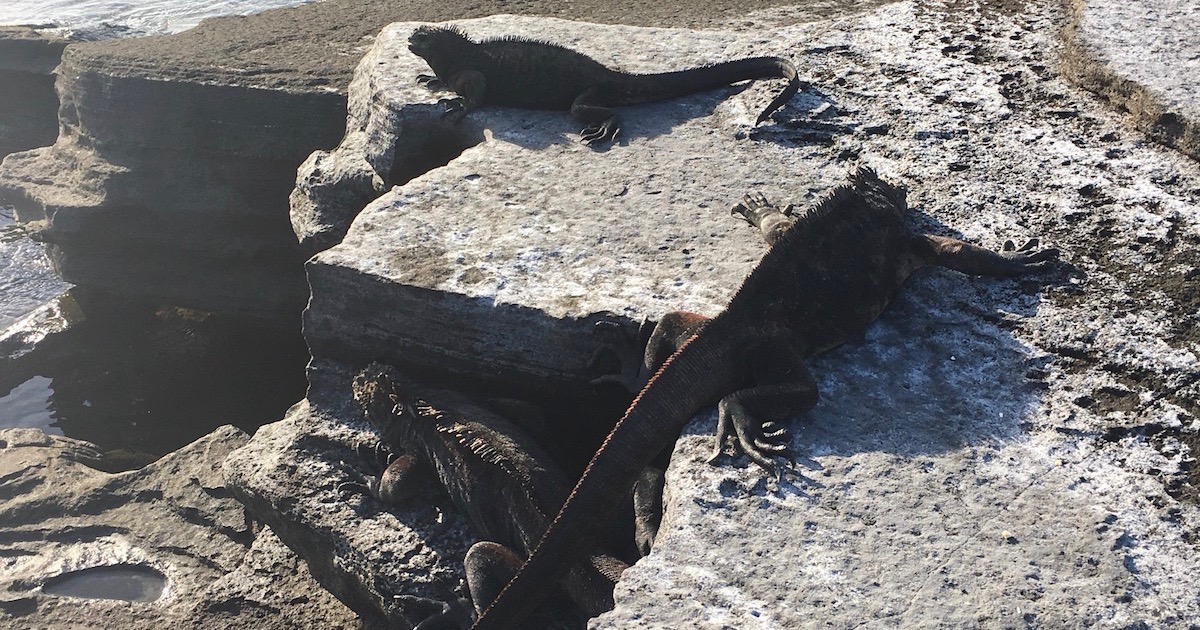 Evolution
Evolution
 Intelligent Design
Intelligent Design
Galápagos Pilgrim: Paul Nelson on Biological Design and History


Discovery Institute philosopher of biology Paul Nelson got back from his pilgrimage to the Galápagos Islands with some important lessons to share. He spoke with ID the Future host Andrew McDiarmid last week about his experiences. See, “Pilgrimage: On a Visit to Galápagos Islands, Paul Nelson Concedes, ‘Darwin Was Right!’”
Of course he was being “deliberately provocative” there, as he notes in a new podcast with McDiarmid. Download the episode or listen to it here.
Andrew and Paul expand on the point that Darwin contributed a deeper understanding of history than design proponent William Paley possessed. In his own version of natural theology, Paley gave little sense that living creatures have histories, or that those histories make much of a difference. This was a shortcoming. But, like Charles Darwin before him, Dr. Nelson in visiting the Galápagos observed the tameness of the animals — a product of their historically having little contact with humans. He observed the flightless cormorant that make their living as “fishermen” on the Islands. Cormorants elsewhere fly. The difference is also an outcome of history.
Can modern intelligent design theory accommodate the fact that species evolve in historical time? Citing the important distinction between micro- and macroevolution, Paul Nelson explains why it can and why it must.
Photo credit: Marine iguanas (Amblyrhynchus cristatus) sunning themselves on Santiago Island, Galápagos, Ecuador, Paul Nelson.
